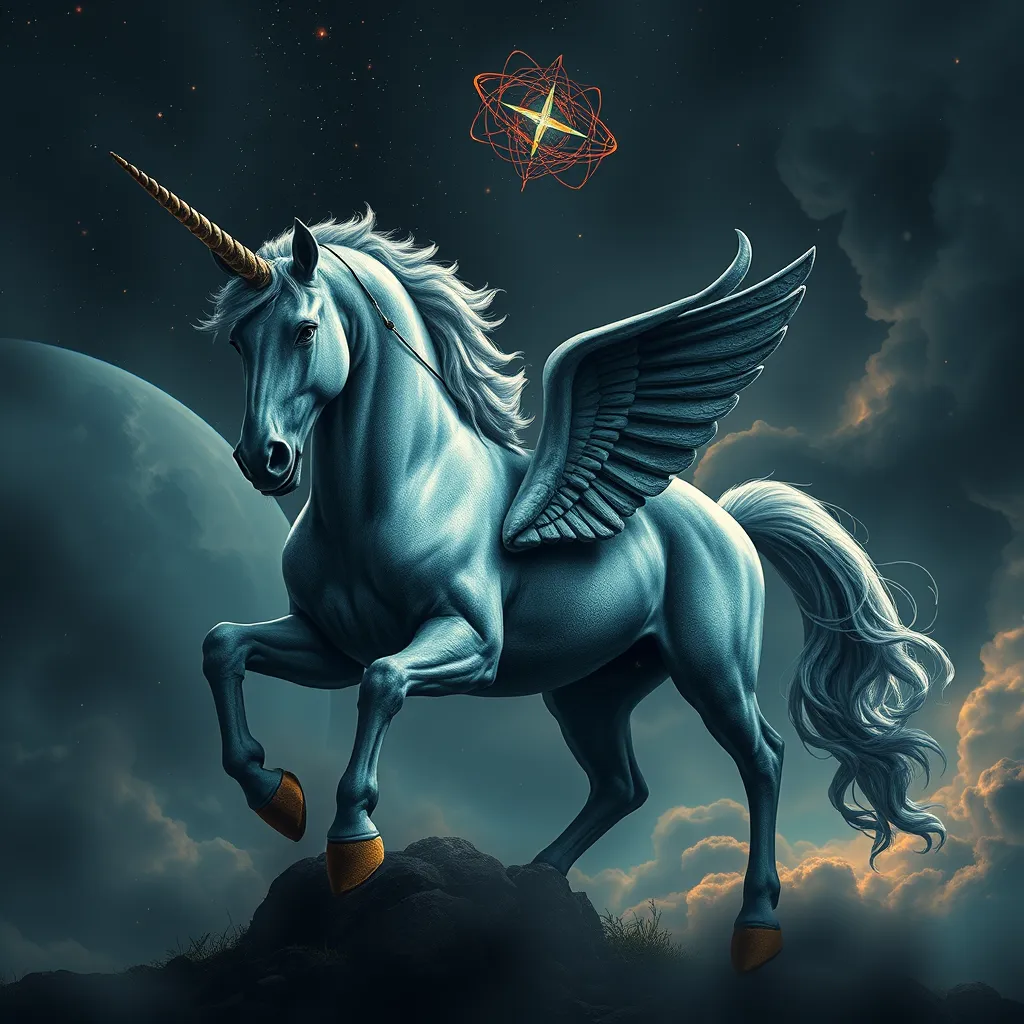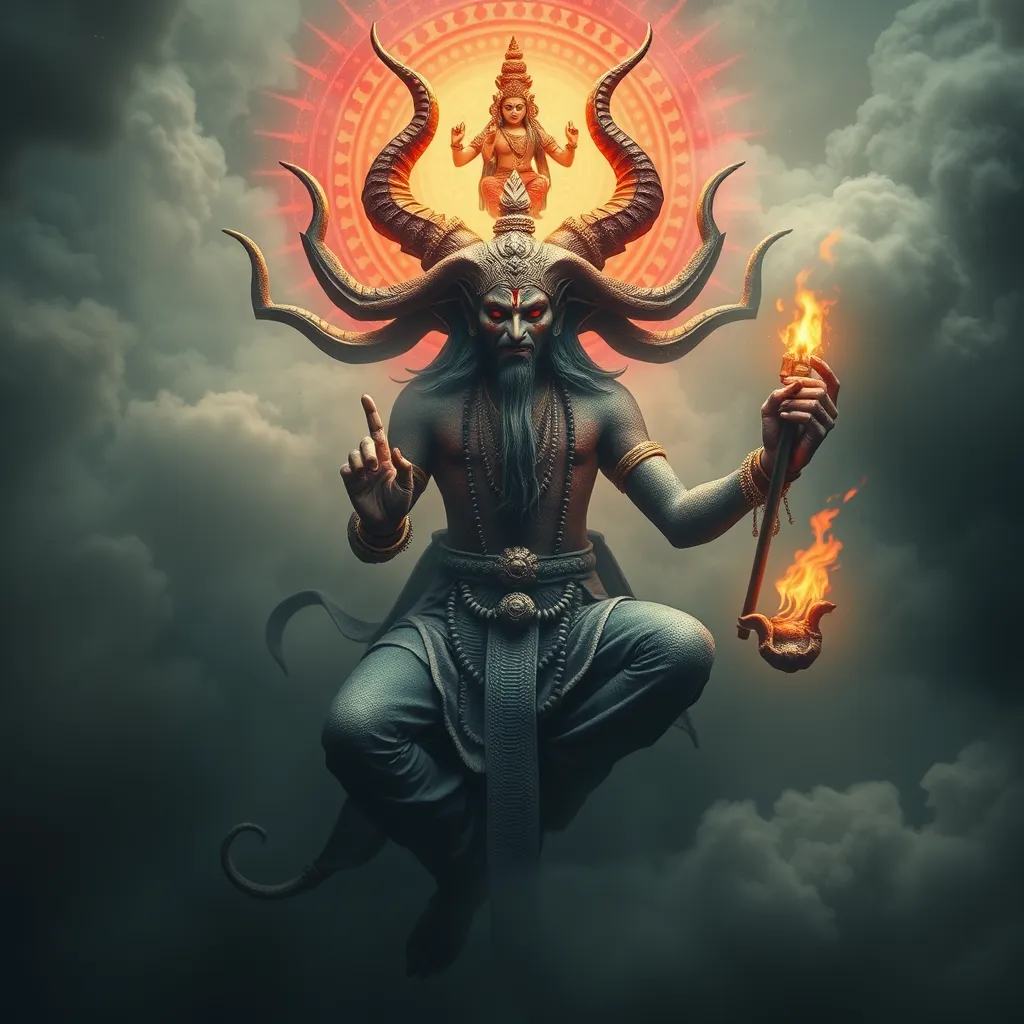The Phoenix and the Eagle: The Symbol of Strength, Sovereignty, and the Dominion of the Sky
I. Introduction
Throughout history, birds have held significant places in various cultures, often embodying deep meanings and symbolism. Both mythical and real birds serve as powerful representations of ideals such as freedom, strength, and sovereignty. Among these, the Phoenix and the Eagle stand out as two of the most potent symbols of resilience and authority.
This article aims to explore the meanings and cultural impacts of the Phoenix and the Eagle, delving into their respective mythologies and roles in human society. By examining these two iconic birds, we can appreciate their enduring legacy and significance in our lives.
II. The Mythical Phoenix: A Symbol of Resurrection and Renewal
The Phoenix is a legendary bird found in various mythologies around the world, most notably in ancient Greek and Egyptian cultures. This magnificent creature is said to live for hundreds of years before it consumes itself in flames, only to be reborn from its ashes, symbolizing the cycle of life, death, and rebirth.
As a symbol of resurrection and renewal, the Phoenix embodies the idea of transformation and the enduring nature of life. Its story resonates with many, serving as a powerful metaphor for overcoming adversity and rising anew after hardship.
Cultural representations of the Phoenix can be found in art and literature across the ages. Notable examples include:
- Greek mythology, where the Phoenix is mentioned in the works of Herodotus.
- The Renaissance period, where artists depicted the Phoenix as a symbol of immortality.
- Modern literature and films, where the Phoenix often represents personal growth and resilience.
III. The Eagle: A Representation of Power and Authority
The Eagle, a majestic and powerful bird of prey, is renowned for its keen eyesight, strength, and soaring flight. These characteristics have made the eagle a universal symbol of power and authority throughout history.
In various cultures, the eagle has been revered as a representation of sovereignty and leadership. For instance:
- In ancient Rome, the eagle was a symbol of the Roman legions and imperial power.
- In Native American cultures, the eagle is often seen as a sacred messenger between humans and the divine.
- In modern times, the bald eagle has become a national emblem of the United States, symbolizing freedom and strength.
The eagle’s significance in heraldry and national emblems further emphasizes its role as a symbol of authority. Many nations, including the United States, Mexico, and Germany, feature the eagle prominently in their coats of arms or flags, showcasing its association with governance and power.
IV. Comparative Analysis: The Phoenix and the Eagle
While both the Phoenix and the Eagle symbolize strength, they do so in different contexts and with distinct meanings. Here’s a comparative analysis:
A. Similarities in Symbolism
Both the Phoenix and the Eagle represent:
- Strength: They embody resilience and the ability to overcome challenges.
- Freedom: Each bird symbolizes freedom— the Phoenix through rebirth and the Eagle through flight.
- Hope: Both are seen as symbols of hope, inspiring individuals to rise above their circumstances.
B. Differences in Cultural Meanings
Despite these similarities, the two birds differ in their cultural meanings:
- The Phoenix is often associated with themes of renewal and transformation, while the Eagle is linked to authority and power.
- The Phoenix’s story is cyclical, emphasizing rebirth, whereas the Eagle’s symbolism is more linear, representing ascension and dominance.
C. The Roles They Play in Mythology and Society
The Phoenix serves as a symbol of personal growth and the transformative journey of the human experience. Conversely, the Eagle represents the collective strength and sovereignty of nations and leadership, serving as a reminder of the power dynamics in society.
V. The Dominion of the Sky: The Role of Birds in Human Imagination
Birds have always captivated human imagination, particularly through their ability to fly—an act that symbolizes freedom and transcendence. This significance is evident in various mythologies and spiritual beliefs.
Flight is often seen as a bridge between the earthly and the divine, with birds acting as messengers or guides. The connection between the Phoenix and the Eagle highlights the role of birds in representing aspirations and the human spirit’s quest for freedom.
VI. Cultural Representations Across the Globe
Both the Phoenix and the Eagle have rich cultural representations across different traditions:
A. The Phoenix in Eastern and Western Traditions
In Eastern cultures, the Phoenix, often referred to as the Fenghuang in Chinese mythology, symbolizes virtue and grace. In contrast, Western traditions primarily focus on its themes of rebirth.
B. The Eagle in Native American and Roman Symbolism
In Native American culture, the eagle is a spiritual icon representing courage and wisdom. In ancient Rome, the eagle represented military power and was associated with Jupiter, the king of the gods.
C. The Global Impact of These Symbols in Modern Culture
Today, both the Phoenix and the Eagle continue to influence modern culture, appearing in literature, branding, and national identity, demonstrating their enduring power as symbols of strength and sovereignty.
VII. Modern Interpretations and Symbolism
The Phoenix and the Eagle have not only maintained their significance but have also evolved in modern interpretations:
A. The Phoenix in Contemporary Literature and Media
In contemporary literature and media, the Phoenix often represents personal struggles and triumphs. Popular series, such as “Harry Potter” and films like “X-Men,” feature the Phoenix as a metaphor for rebirth and transformation.
B. The Eagle as a Modern Symbol of Nationalism and Pride
As a national symbol, the eagle plays a crucial role in fostering a sense of pride and identity, particularly in the United States. It represents freedom and the ideals upon which the nation was founded.
C. How These Symbols Influence Current Societal Values and Beliefs
Both symbols influence current societal values, inspiring individuals to embrace resilience (Phoenix) and authority (Eagle) in their lives. They serve as reminders of our potential for growth and the importance of leadership and sovereignty in society.
VIII. Conclusion
The Phoenix and the Eagle stand as profound symbols of strength and sovereignty, each with its unique cultural significance and representation. They remind us of the enduring power of resilience and authority in our lives, encouraging us to rise to challenges and embrace our roles in society.
In reflecting on these symbols, we recognize their profound impact on human culture and the values we hold dear. The importance of strength and sovereignty transcends time, continuing to inspire generations as we navigate our journeys through life.



